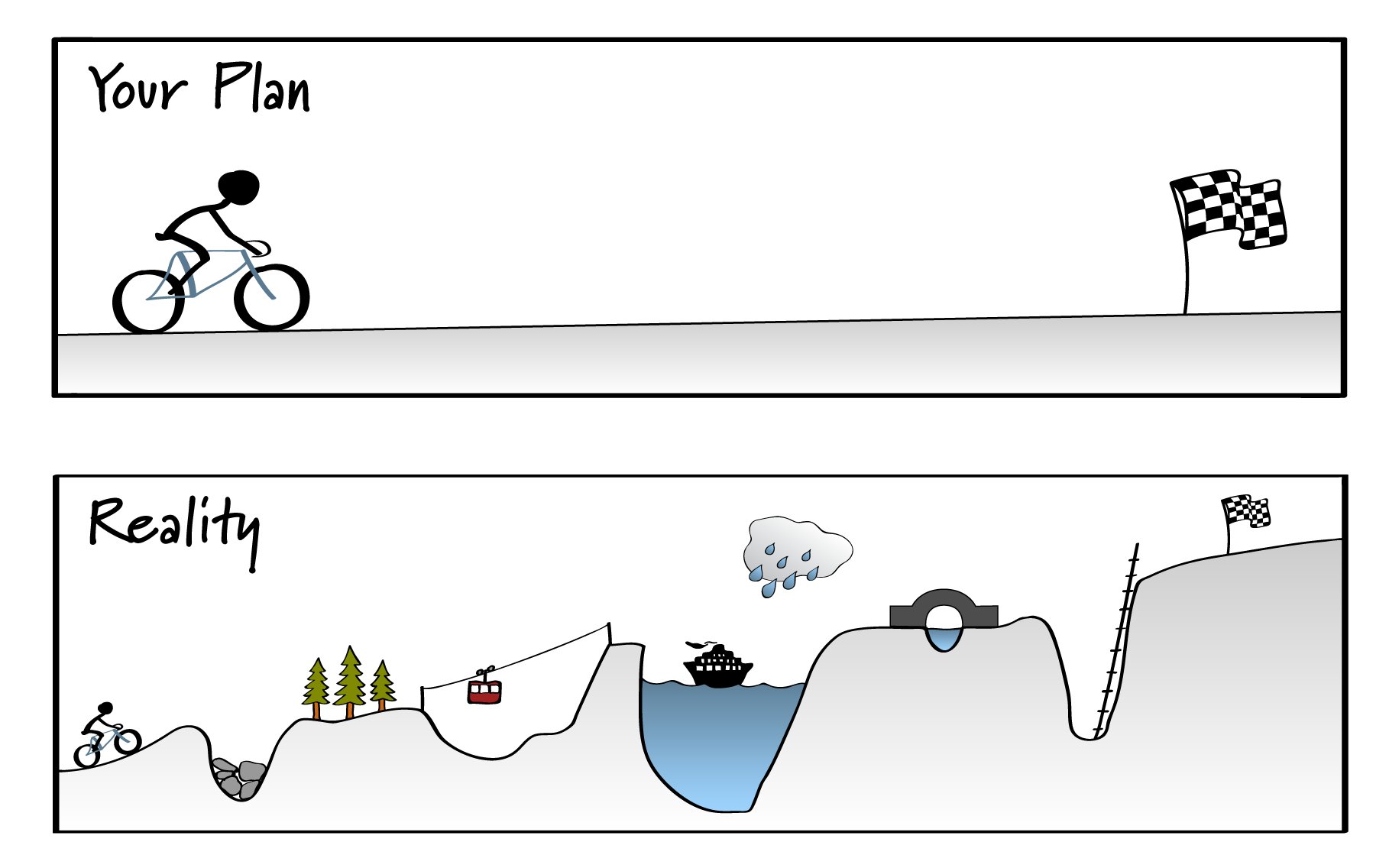What is role of an IT Architect?
Usually when we think of Information technology architecture, we think about UML diagrams, patterns and practices, reference architectures, technology transformations, and lot more technical stuff.
What teams think of Architects?

As a developer and a mentor who is talking to developers at all levels, I have noticed that architects are looked upon as someone sitting high up in their castles and dishing out some utopian plans to the teams (might I say, using colorful diagrams, lengthy documents full with jargon!), which does not reflect the ground reality.
So, what is the role of an Architect?
The role of an IT Architect has been undergoing a drastic change for sometime. Architects, though still work with all the traditional stuff, but today they are more about reducing friction, aligning technical transformations and business transformations and chart, plot and guide the company by aligning business and technical goals.
The architect is a bridge between the business strategy makers AND the technology implementing teams
Enterprise Architecture = Business Architecture + IT Architecture

How do you cross the bridge?
1. Understand the business and strategy
You cannot do a transformation or an IT architecture, where you do not understand the business strategy and goals, both short term and long term. To make the impactful decisions, you need to understand where the business is today and where it should be tomorrow.
IT and business goals are not separate, they are complementary to each other.
2. Understand what business thinks of IT
How is IT perceived in your company? Why does IT exist in your company (apart from running software, hardware etc.)?
Is a cost center, asset, considered as partners or looked at as business enablers?
You would ask why the perception of IT is important?
It is important so that you understand how to align business goals and IT goals.
- If your company considers IT as a cost center, the emphasis is on cost reduction. Usual strategy around cost reduction is to outsource IT.
In Short: run IT systems for less money (BAU) - If your company considers IT as an asset, the emphasis is on RoI (Return on Investment). Here IT is treated as an asset and the functions enabled/solutions created by IT are a cost, which should be recovered via either cost savings or earning more money or increasing efficiency.
In Short: Run business efficiently with help of IT (BAU) - If your company considers IT as a partner, the emphasis is on the Business value created by IT solutions. Usually here you have a significant IT team in-house. Here IT is looked upon as partners, who can unlock new business opportunities and enable new use-cases and generate more value for business.
In Short: IT generates business value and create new opportunities. - If your company considers IT as an enabler, this is the peak of what IT could be for any company. Here there is no difference between IT and business. IT solutions are at the core and that is what brings in business. At this stage, it is difficult to differentiate and say that it is a traditional company or an IT company. E.g. Google is an advertising company, but with IT solutions at the core of business.
In Short: IT is the way of doing business
Still Business won’t fund my project!!

Because, you are not speaking their language!!
You are not speaking to the expectations that upper management has. If they don’t understand what value your solution brings to business and how, no matter what, they won’t fund.
Translate Business Strategy into IT Strategy
Usually, we the technical folks, love to showcase what the target solution will look like, e.g. we can run a kubernetes clusters or build a great data warehouse or a data lake, but if that does not provide the biggest value for the business, the project will tank, no matter how good or perfect is the architecture.
You need to learn and understand how your company operates their business.
What is their Business Process model?
- Do different departments work in deep coordination with each other and sharing data/interfaces with each other?
- Are the departments diversified, with different units with independent customers and expertise, with independent processes and data?
- Are the departments/units, mostly independent but with very similar businesses with standardized processes and data?
- Is this one big business, with global process and global data access?
Once you understand the business process, you need to align the IT strategy with the business process and create a roadmap.
The management wants to see a plan, not just the target picture!
We as architects are paid and we love to build the final target picture, but we also need to define how we will reach there and what is our current state.
You need to create target picture, key strategy and a roadmap.
Define a governance model for your roadmap.
Why? Because life never follows the plan. You need to stay connected to reality while implementing the roadmap. You would need to course-correct during the implementation and governance model is what will keep you on-course.

So go ahead and think through your solution. Think what the business needs and how does your solution aligns to the business goals and strategy.
Build a plan and a roadmap to execute it, define governance to keep you grounded and TALK IN THE LANGUAGE, THE BUSINESS UNDERSTANDS.

We all go through the same mistakes and bad decisions, all we do is learn from them and make sure not to repeat them.
Dream -> Build -> Deploy -> Refine -> Repeat